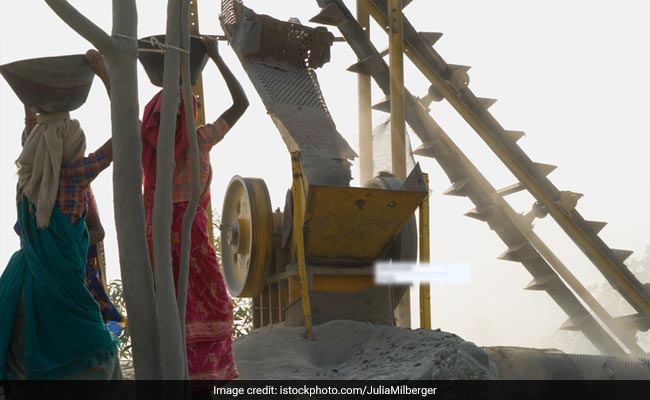Children's exposure to air pollution is of grave concern and most parents are posed with this question - is it safe for my child to be outdoors in the pollution? Dr Neeraj Jain helps us find the answer

Children's exposure to air pollution is of grave concern
HIGHLIGHTS
- Follow daily local air quality alerts to decide your activities
- Be aware that normal surgical masks are useless against pollution
- Exercising is vital for health but not when we are breathing poison
What is PM 2.5?
PM 2.5 stands for particulate matter or tiny droplets that are 2.5 microns or less in width. These are tiny particles in the air that reduce visibility making the air hazy and are considered to be a fatal component in contaminating the quality of air. These particles can settle deep in the lungs and get absorbed into the bloodstream, which can lead to many health problems like respiratory problems and cardiovascular diseases. Air pollution takes a direct toll on lungs and can cause a host of respiratory ailments
What about children?
The exposure to air pollution for a child is much greater as compared to adults as they breathe more air per pound of their body weight. Also, their lungs develop till they turn teens. Hence, they tend to be more sensitive to the environmental toxins and absorb pollutants more readily and retain them for longer periods of time. A PM 2.5 level of 60 is considered to be safe and anything beyond this is considered hazardous for health. The AQI is an index for reporting daily air quality. It tells you how clean or polluted your air is, and what associated health effects might be a concern for you. The AQI focuses on health effects you may experience within a few hours or days after breathing polluted air.
Till the time we achieve our target of clean air, we will have to minimize our exposure to the outdoor. We spoke to Dr Neeraj Jain, Senior Consultant, Chest Medicine, Sir Ganga Ram Hospital, and this is what he had to say:
- Air pollution affects the skin, eyes, nose and sinuses, throat, lungs, heart and indirectly every vital organ in our body.
- It affects even the unborn child in a pregnant woman.
- Air pollution is responsible for disease and death in millions of people in India.
- Exercising is vital for health but not when we are breathing poison. It is vital to plan your exercise environment very carefully.
- Air pollution causes permanent damage to lungs, similar to smoking.
- If we talk about the PM 2.5 OR PM 10, ozone or other noxious gases in our air in India there is no really safe time to be outdoors.
He says we must follow the guidelines set by the Air Quality Index parameters. “It is not just PM 2.5 but even larger particles that can cause trouble for example – construction sites may not have such minute particulate matter but can have equally detrimental effects” says he. You can check the index for air quality here for your part of the city. In general, “In Delhi, early mornings, late evenings or basically when the sun is not completely out are the worse times to be out. Children, the elderly and people with lung diseases should avoid being outdoors at these times and definitely not exercise,” says Dr Jain.

The air at construction sites is as bad
Photo Credit: iStock
According to Dr Jain children with asthma need to be extra cautious and be diligent with their treatment. Also, it is just not the outdoor air but even the indoor air needs to be looked at. One must let fresh air come in and avoid closed rooms and damp spaces. He encourages using air purifiers at least through the night. He also recommends the following:
- Follow daily local air quality alerts to decide your activities
- Make sure your exercising areas are at least 200 m away from roads, construction sites
- Be aware that normal surgical masks are useless against pollution
- Children and the elderly should take their medication diligently and avoid unnecessary exposure as far as possible
(Dr.Neeraj Jain is a senior consultant in Chest Medicine at the Sir Ganga Ram Hospital in New Delhi.)
Disclaimer: This content including advice provides generic information only. It is in no way a substitute for qualified medical opinion. Always consult a specialist or your own doctor for more information. NDTV does not claim responsibility for this information.
DoctorNDTV is the one stop site for all your health needs providing the most credible health information, health news and tips with expert advice on healthy living, diet plans, informative videos etc. You can get the most relevant and accurate info you need about health problems like diabetes, cancer, pregnancy, HIV and AIDS, weight loss and many other lifestyle diseases. We have a panel of over 350 experts who help us develop content by giving their valuable inputs and bringing to us the latest in the world of healthcare.












